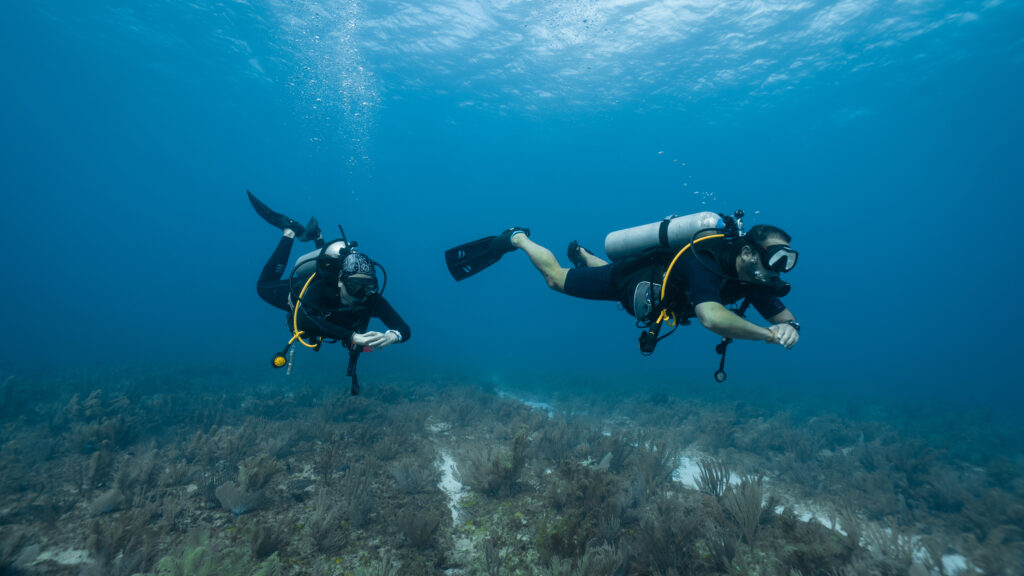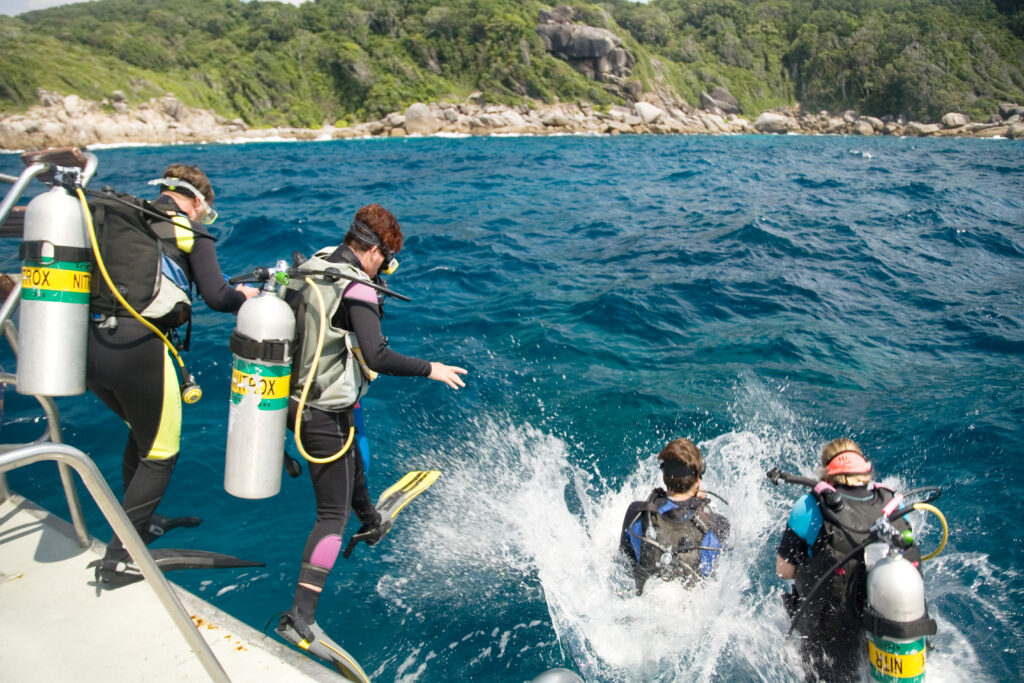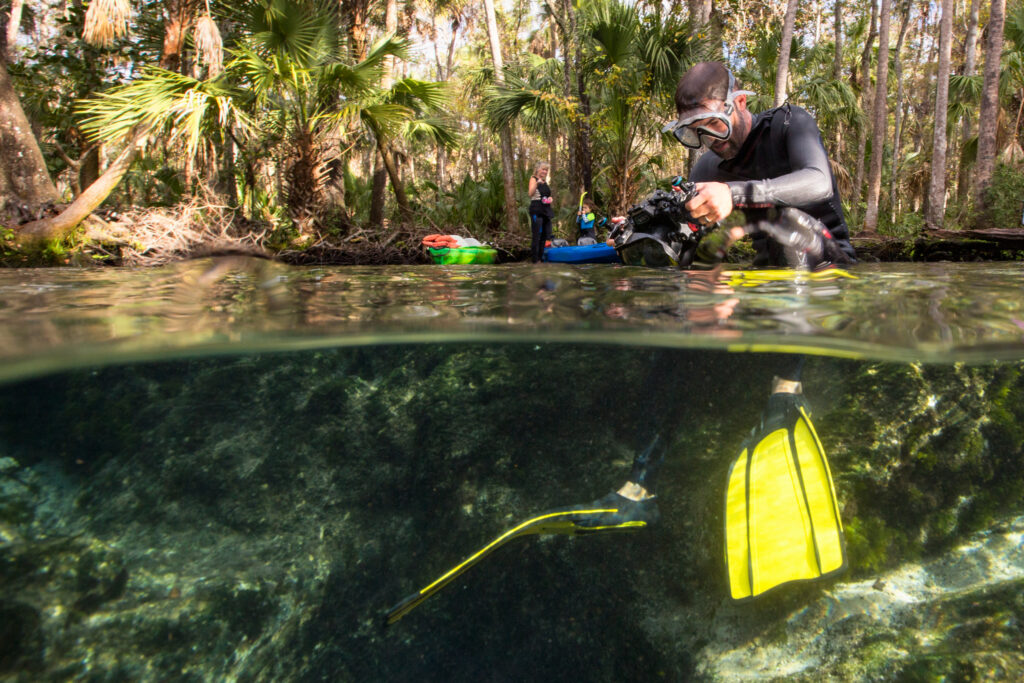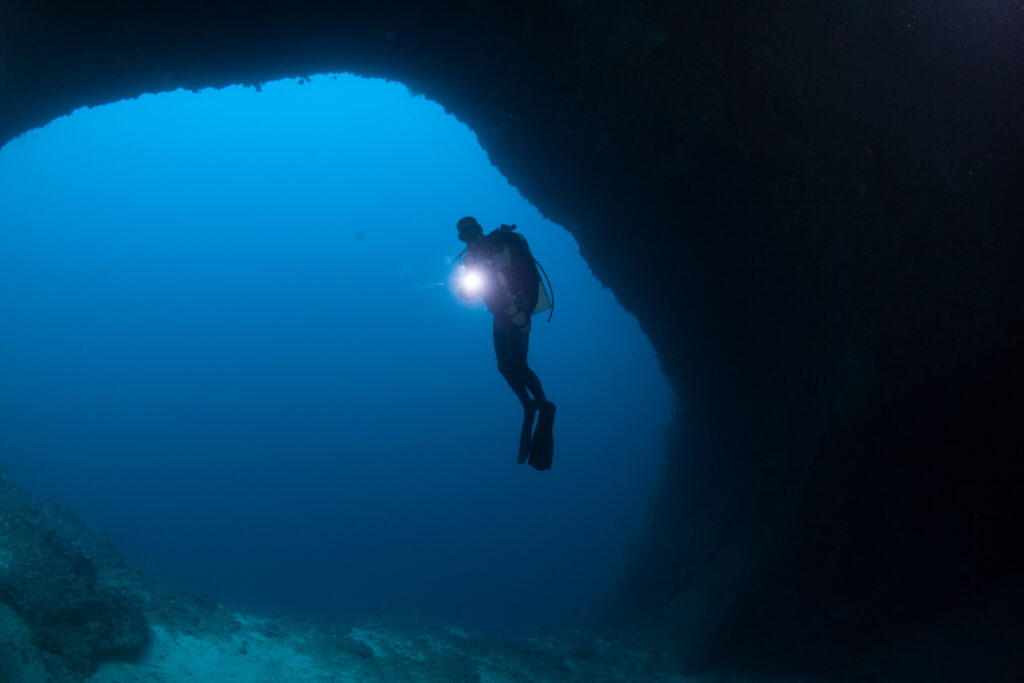Destinations

Diving Destinations in Africa Diving Destinations in Asia Diving Destinations in Europe Diving Destinations in Oceania Diving Destinations in North America Diving Destinations in South America
What Is Scuba Diving All About? – Discover the Magic Underwater World, One Breath at a Time

Imagine a world where gravity is suspended, vibrant colors and mesmerizing creatures abound, and the only sound is your own breathing. Welcome to the exhilarating world of scuba diving. In this article, we will delve deep into the blue, exploring the fundamentals of this thrilling adventure sport that’s captured the hearts of millions worldwide. The […]
What is Scuba Diving?

Scuba diving is a recreational and professional activity where individuals explore underwater environments using self-contained underwater breathing apparatus (SCUBA) equipment. This equipment allows divers to stay underwater for extended periods, enabling them to experience marine life, shipwrecks, caves, and other submerged wonders. The ability to explore these otherwise inaccessible areas has made scuba diving a popular pursuit for adventure enthusiasts, marine biologists, and professional divers alike. Since its modern development in the 20th century, scuba diving has attracted millions of people globally, offering a unique blend of excitement, discovery, and tranquility beneath the waves.
What is Australian Diver Accreditation Scheme (ADAS)?

Founded in Australia, the Australian Diver Accreditation Scheme (ADAS) stands out as a pioneering international commercial and occupational diver certification scheme. Its core mission is to promote, develop, and maintain global standards for safety in diving and hyperbaric operations. Since its inception, ADAS has grown from a national body into a noteworthy global authority, overseeing training and accreditation across several countries and continents.
What is a Dropoff?

A dropoff in scuba diving refers to a steep underwater slope or cliff that descends sharply from a relatively shallow area to much deeper waters. These underwater geological features are significant for divers due to their dramatic landscapes and the rich marine life they often host. Dropoffs are found in various parts of the world and are treasured for their breathtaking views and the unique diving experiences they offer. These areas are not only visually striking but also ecologically vital, serving as habitats for a wide variety of marine species.
What is a Rash Vest?

A rash vest, also known as a rash guard, is a type of athletic shirt made from spandex and nylon or polyester. Originally designed to provide sun protection and to prevent chafing from surfboards, rash vests have become an essential piece of gear for many water sports enthusiasts, including surfers, swimmers, and scuba divers. They are particularly valued for their ability to protect the skin from rashes caused by abrasion, UV rays, and stings from marine creatures. In scuba diving, rash vests serve additional functions, enhancing comfort and safety under various underwater conditions.
What is a Dive Flag?

A dive flag is a crucial piece of safety equipment used in scuba diving to signal the presence of divers in the water to nearby boats and other watercraft. It is typically a brightly colored flag that can be easily seen from a distance, usually featuring a red background with a white diagonal stripe or a blue-and-white Alpha flag. The primary purpose of the dive flag is to prevent accidents by informing others in the vicinity that divers are below the surface, thus promoting safe diving practices and reducing the risk of injury or fatality. Understanding the use and significance of the dive flag is essential for both divers and boaters to ensure a safe and enjoyable experience in the water.
What is a Pushing Tide?

A pushing tide, often referred to as a flood tide, is a natural oceanographic phenomenon where the incoming tide causes seawater to flow toward the shore. This type of tide plays a significant role in coastal environments and activities, particularly in scuba diving. Understanding pushing tides is crucial for divers as it affects both the safety and the overall experience of their underwater ventures. In essence, a pushing tide can significantly influence water conditions, marine life behavior, and the physical landscape of dive sites.
What is a Liveaboard?

A liveaboard is a vessel designed or adapted for extended voyages, providing accommodations for divers who wish to stay on board for several days or weeks. This setup allows enthusiasts to access remote diving sites, experience multiple dives each day, and immerse themselves in the underwater environment without the need to return to shore frequently. Liveaboards have become increasingly popular among divers for their convenience and the enriched diving experience they offer.
What is a Kelp Surface Dive?

A kelp surface dive involves swimming and exploring near the surface of the ocean where dense forests of kelp thrive. This activity is popular among divers and marine enthusiasts for its unique opportunity to observe a vibrant and ecologically significant environment. Kelp forests are found in coastal areas worldwide and are known for their towering, underwater canopies. These dives offer an unparalleled chance to witness marine life that thrives within these underwater forests while requiring less equipment and technical expertise than deeper dives. Kelp surface diving is both a recreational pursuit and a valuable method for scientists studying these critical ecosystems.
